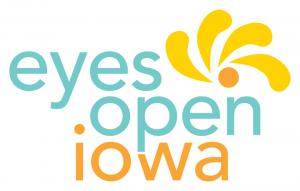Studies of adverse childhood experiences confirm what many of us know from working with young people—children raised in adverse environments are more likely to experience negative developmental outcomes, including teen pregnancy. However, many young people thrive despite the odds. What makes these young people resilient, and what can youth-serving professionals do to help foster resiliency through sexual and reproductive health programs? This workshop is dedicated to answering these important questions. Participants will review current trends in resiliency research, including the connection between resiliency and positive youth development, and examine personal attitudes around what it means to be resilient across different cultural contexts. They explore factors that make young people resilient and develop new strategies for fostering resiliency among youth, including using strengths-based facilitation and implementing support structures.
Objectives:
- Describe how positive youth development can improve youth outcomes.
- Examine personal attitudes about what it means for a young person to be resilient.
- Identify individual qualities associated with resiliency in youth.
- Identify individual educator strategies and agency-level support structures that build resiliency in diverse groups of youth.
- Implement an action plan for developing strengths and improving support structures in existing youth programs.
Visit ETR's Training & TA Form to submit your request and receive cost information.




